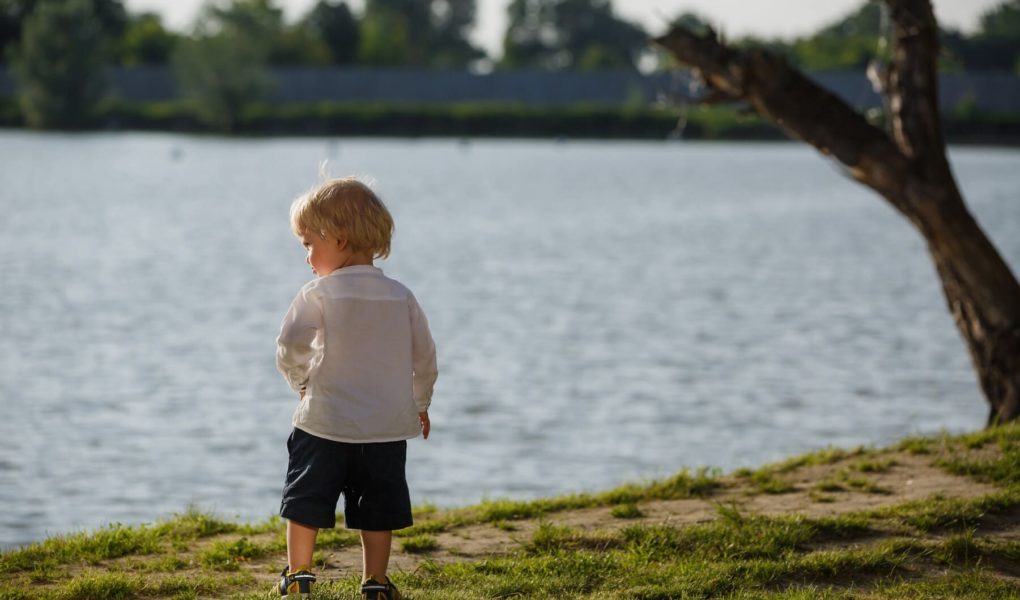Learning to walk, an important milestone in a child’s development, fills parents with pride if it happens early, and concern if it takes too long.
If a baby cannot walk at 16 months, he or she is not considered to have fallen behind. The average age at which a child learns to walk is 15 months, and it can be between 10 and 18 months, but this varies from child to child.
If your child is still not walking at 20 or 21 months old, you should be concerned. Remember that walking is only the end of the process, which begins with the baby’s first rolls onto his stomach and back and ends with crawling or some form of movement.
Learning to walk: step by step
To make sure that nothing is blocking the walk, we first make sure that the previous steps are completed. Check that the child is interested in the world and objects around him.
If a child does not yet walk, but turns around and moves around in whatever way he can, on his buttocks, on all fours, or by dragging himself on one leg, it is very reassuring, because it is the first step towards independence. The child discovers he can separate from his parents and develops a desire for more independence.
It is important to pay attention to children who are too quiet, self-satisfied, and who do not seek play or contact with others.
If in doubt, contact a psychotherapist, who will recommend a neuromotor examination and evaluate the child’s tone and psychomotor development. This evaluation will determine if help is needed, and the child’s progress during the sessions will determine if further biological or neurological testing is necessary.
>>> KEEP READING – What diet to lose weight after pregnancy? Examples of menus
Click!
Sometimes all that is needed is a little “Click!”: for example, a child is trying too hard to “spin on the floor” because he or she can’t crawl. At this point, the “four-legged” and then the walking also have trouble following. Therefore, we can give him a little help to find the basic movements that he lacks and that are necessary for the acquisition of more complex coordination like walking.
The duration and frequency of follow-up vary according to the problems of each child: sometimes only a few sessions are necessary before the process can be resumed. For this, the child must be available, have eaten, and be rested. Play and contact are most important.
Baby walking: what will help him
To learn to walk, the child must learn to maintain balance and keep his or her feet firmly on the ground.
That walking comes late is less important than the quality of autonomous transitions from one position to another, plantar support, and balance.
It is important to choose appropriate footwear, preferably high shoes, to support the feet, but the child should also be able to walk without shoes. The changing sensations under the foot can be stimulating: cold, hard, soft, warm…
It’s good to wait until the child stands up on his own and has a good balance to make him walk. Before that, moments of relaxation, such as foot massages after a bath, or exploration games, such as clapping with the feet, can also be very stimulating. These allow the child to feel his feet and legs and be aware of them while relaxing.


